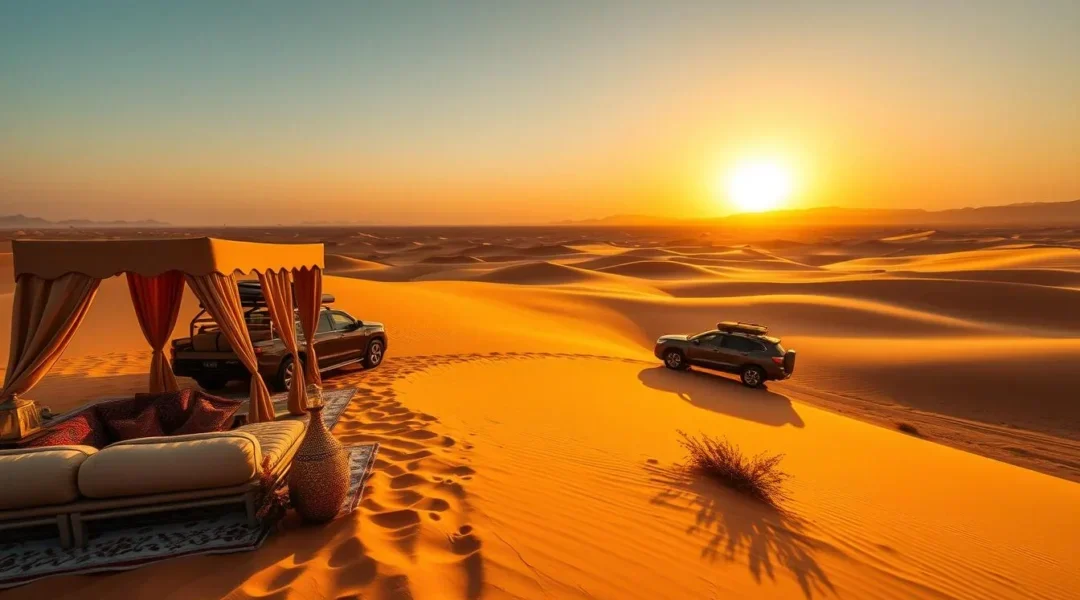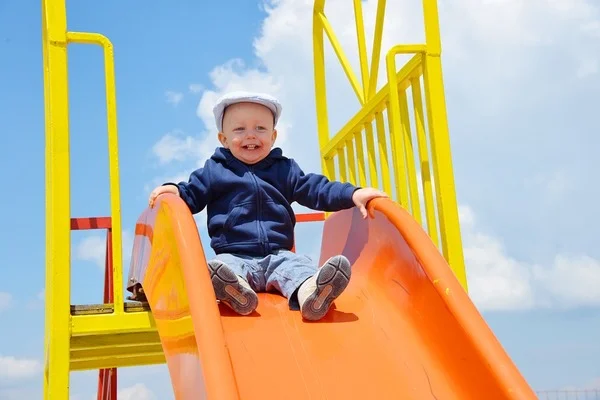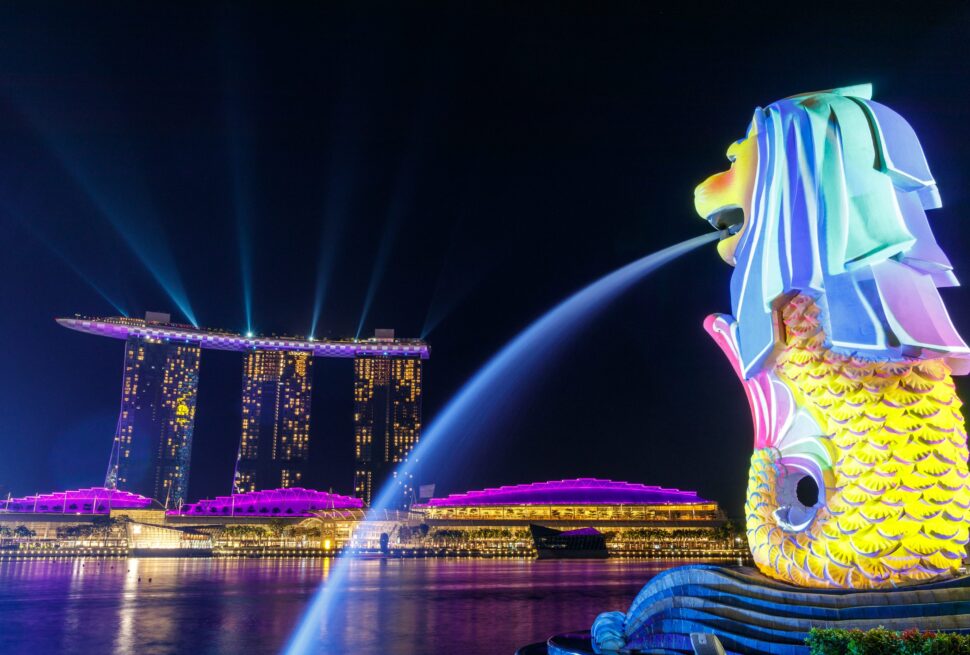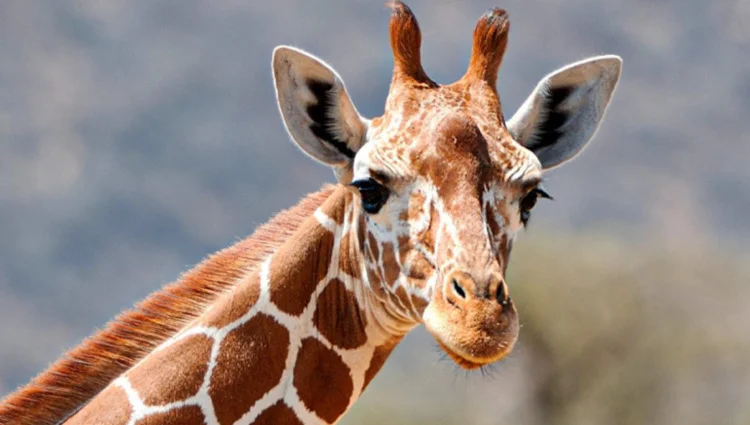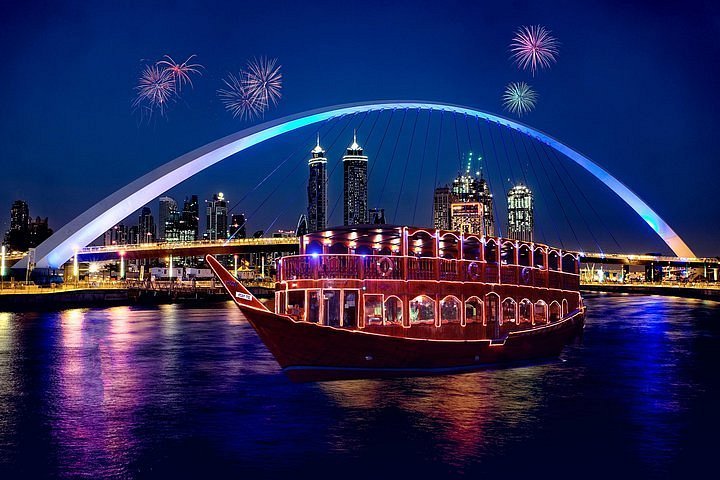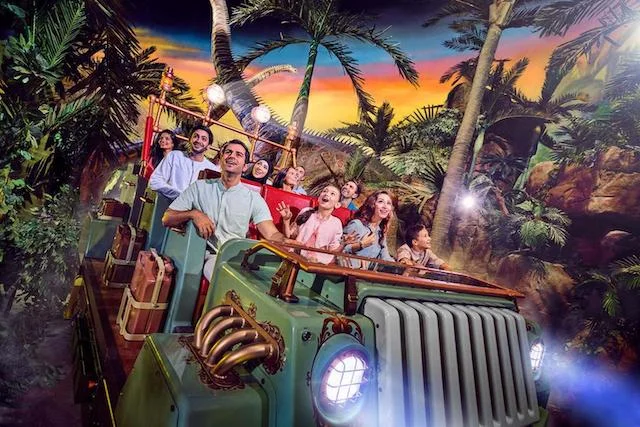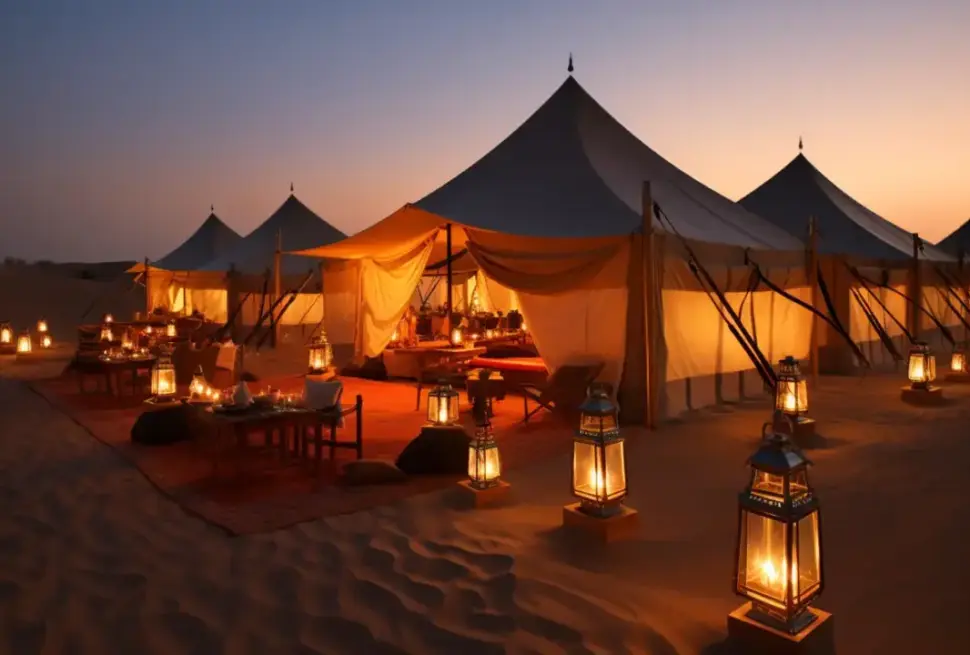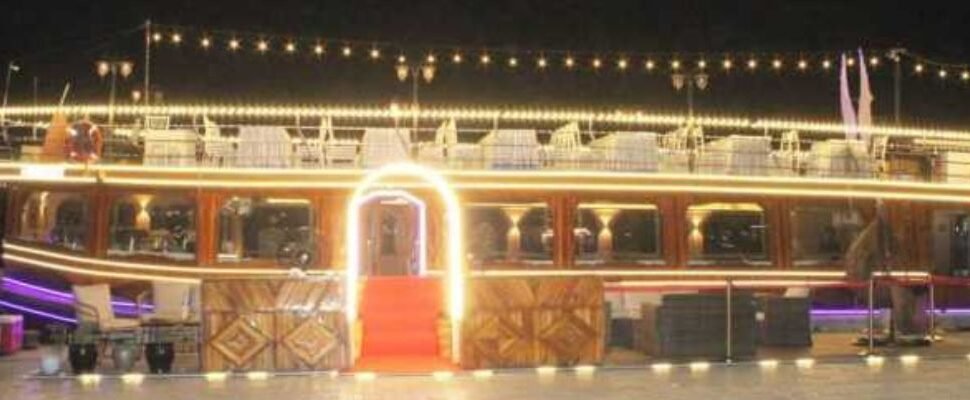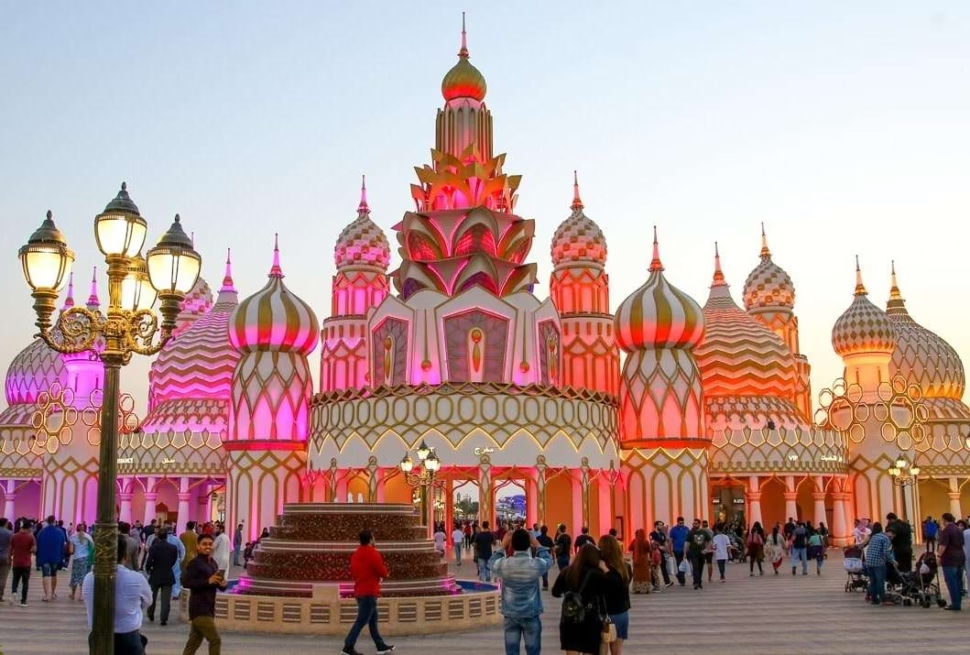The Arabian dunes change color by the minute—amber at sunrise, copper at sunset, and star-flecked by night. If you plan well, your desert safari images will feel cinematic rather than lucky. Moreover, with Forever Tourism you get the right timing, smarter vantage points, and a guide who helps sequence action, portraits, and details—so your gallery tells a story from first pickup to final camp light.
How To Plan Pro-Looking Desert Safari Images
1) Choose Your Timing (Light Makes The Shot)
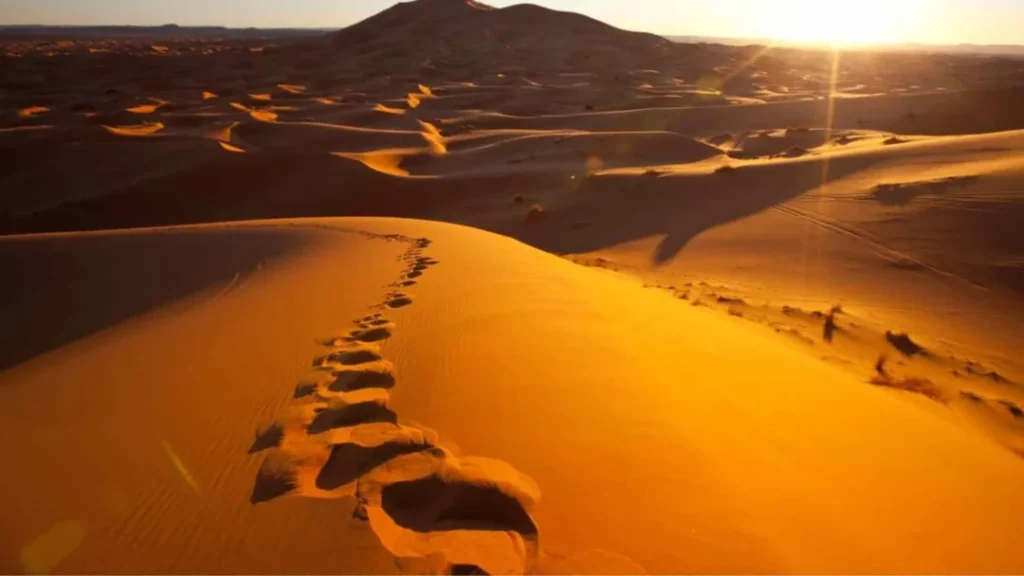
- Sunrise: Soft, pastel light and clean sand with fewer footprints; consequently ideal for minimalist compositions.
- Sunset: Rich tones and dramatic skies; meanwhile, it pairs naturally with camp shows and BBQ.
- Season: October–April offers the kindest temperatures; however, summer mornings work well if you start early.
2) Pick Your Locations For Desert Safari Images(Each Zone Has Its Look)
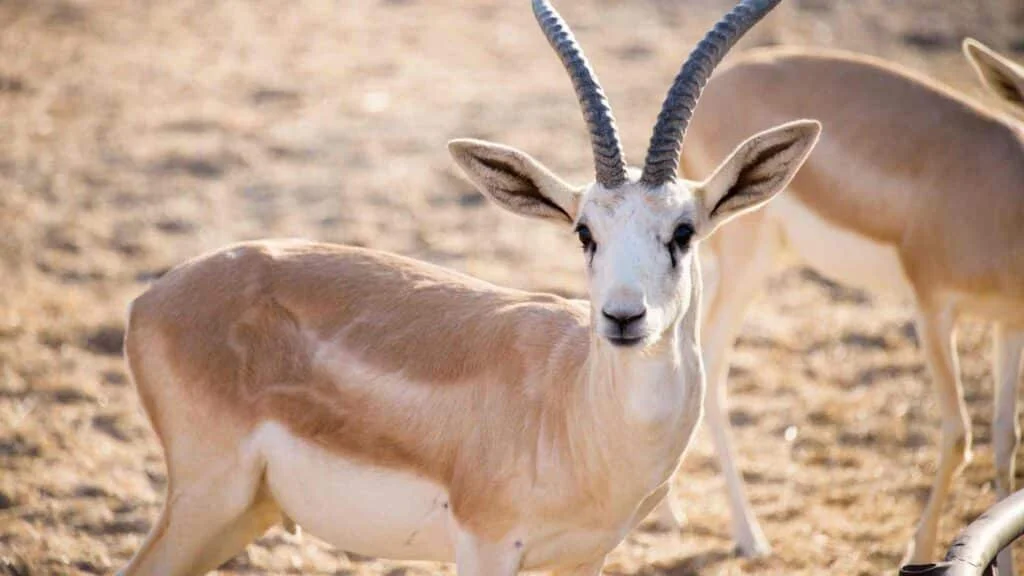
- Lahbab / Red Dunes: Tall, soft ridges for long leading lines and action frames.
- Al Qudra Desert & Lakes: Closer to the city; reflective water adds serenity to desert safari images.
- Dubai Desert Conservation Reserve: Wildlife moments (oryx/gazelle) and gentler drives for nature-led sets.
3) Build Your Shot List (So You Don’t Miss The Keepers)
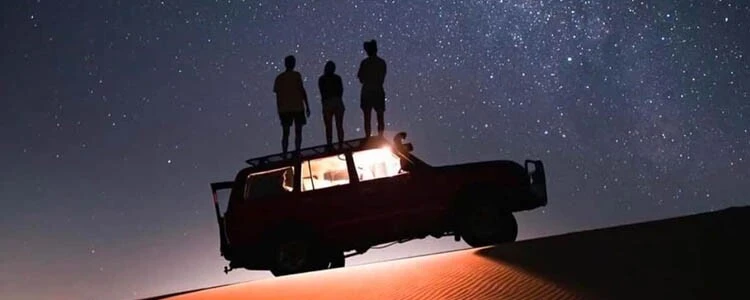
- Action: 4×4 at ridge crest kicking sand; boarder/sledder carving.
- Portraits: Camel silhouettes at golden hour; traditional coffee & dates at camp.
- Details: Tire deflation, board wax, sand textures, lanterns, henna art, grill smoke.
- Night: Camp lights, Milky Way (seasonal), long-exposure trails. Therefore, pack a compact tripod if you want night work.
4) Quick Settings (Phone And Camera)
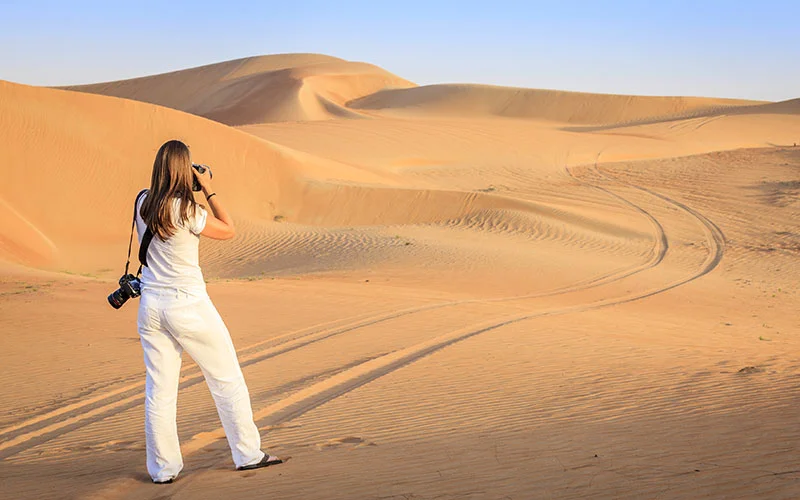
- Smartphone: Turn on grid; use HDR sparingly; lock focus/exposure, then drag exposure slightly down at sunset to keep color.
- Mirrorless/DSLR: 1/1000s for action; f/4–f/8 for sharp dunes; ISO 100–800 by light; shoot RAW+JPEG for flexibility.
- Stability: Brace behind the vehicle or use a small travel tripod; wind demands faster shutter speeds.
5) Composition Tricks That Always Work
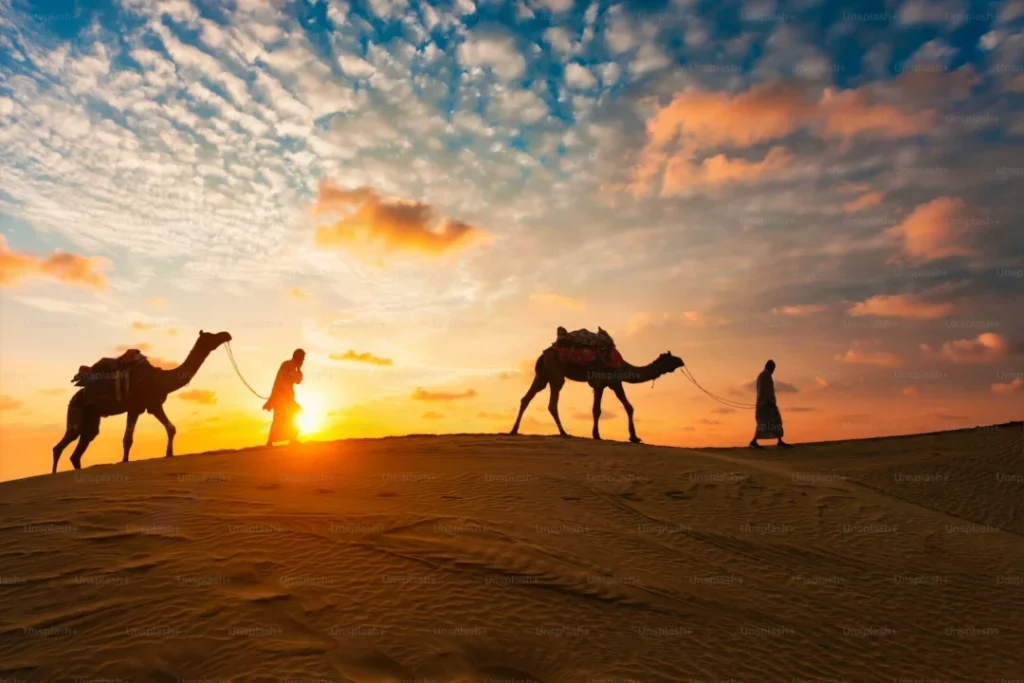
- Leading lines: Ride the crest line diagonally.
- Rule of thirds: Keep the horizon on the upper third for texture-rich foregrounds.
- Scale: Place a person, camel, or 4×4 small in frame to show vastness.
- Backlight: Shoot toward the sun for glowing edges; however, shield flare with a hand or lens hood.
6) What To Wear (Photos Look Better When You’re Comfy)
Breathable layers and closed shoes; add sunglasses, SPF 30+, and a light scarf for wind and glare. Neutral or complementary colors (earth tones, denim, white) photograph well against red dunes.
Inclusions — What Photo-Led Packages Typically Cover
- Hotel pick-up & drop-off (shared or private 4×4)
- Licensed driver-guide who sequences stops for light
- Dune bashing (intensity adjustable) with staged photo pauses
- Sandboarding/sledding time for motion frames
- Camel portrait stop at golden hour
- Water/soft drinks; Arabic coffee & dates at many camps
- Evening option: camp access with live shows (where scheduled) and BBQ dinner
Exclusions — What’s Usually Not Included
- Personal expenses and gratuities
- Quad bikes / dune buggies (optional add-ons)
- VIP seating at camp or professional photo/video packages (on request)
- Drone permits (subject to evolving regulations—always check current rules)
- Out-of-zone transfers or special pick-ups (if applicable)
Cancellation Policy
We have no cancellation policy for all types of booking. Refund will only be initiated when we cannot provide customers with tickets due to any fault from the company’s end. This gives you peace of mind should your plans change last minute.
Why Choose Forever Tourism For Desert Safari Images

- Light-first routing: We time stops for the best glow and minimal crowds.
- Guide as spotter: Consequently, you get clean angles, safe positions, and quick re-shoots.
- Flexible pacing: From family-friendly to content-creator mode.
- Clear inclusions: Line-by-line details—no last-minute surprises.
- One tap to upgrade: Add quads/buggies, VIP seating, or a private car when you want more control.
FAQs — Desert Safari Images
1) Do I need dune bashing to get great photos?
Not necessarily. Gentle drives with ridge stops, a camel loop, and timed sunset positions can yield beautiful desert safari images without high intensity.
2) Can I bring a drone?
Rules can change and permits may be required. Therefore, check current regulations and operator guidelines before flying.
3) Which lens works best?
A wide (16–24mm) for scale, plus a mid-zoom (24–70mm) for portraits. Phone users can mix 0.5× and 1× for variety; avoid overusing 10× digital zoom.
4) Windy day—what now?
Use faster shutters, keep the sun at your back, and shoot lower to the sand to reduce shake. Meanwhile, protect lenses with a microfiber cloth.
5) What should I wear for photos?
Comfortable, breathable layers in neutral or contrasting tones; closed shoes for the slopes. Bring a light scarf to manage breeze and sand.
Ready To Capture Desert Safari Images You’ll Love?
Tell us your date, hotel area, group size, and photo goals (action, portraits, or night). We’ll design a route for standout desert safari images—with the right light, stops, and optional camp dinner—so you can simply arrive and shoot.
For assistance:
How to Contact?
Call us at +971 43889941
WhatsApp us at +971565481112
Email us at info@forevertourism.com

